Fukushima: the clean-up crisis
As Iitate's land gets dug out and cleared to reduce radiation levels, evacuees are still left wondering if decontamination efforts will be enough

Posted: Fri Dec 19 2014
In summer 2014, a major decontamination project began in the village of Iitate. As one of the worst affected areas after the March 2011 disaster at the Fukushima Daiichi nuclear power plant, the village has been deserted for three years as radiation levels exceed 20 millisieverts per year. For the area to be habitable, the level needs to be reduced to one millisievert per year, a figure even the mayor of the village, Norio Sugano, doesn’t seem to believe is achievable – he has stated his goal of decontaminating the town to ‘five millisieverts per year or less’. As we previously reported, 6,000-plus evacuees have been unable to return to their homes and their pets, which also means many farm workers have been unable to make a living.
Now, fluorescent flags and ribbons are popping up around the village, signifying that a site is to be decontaminated. Vegetation is mowed, ground is dug out, forests are toppled, and overgrown gardens and farmland are replaced with new gravel and soil. Excavators and mountains of bags full of radioactive waste are the new everyday landscape of this once prosperous farming region.
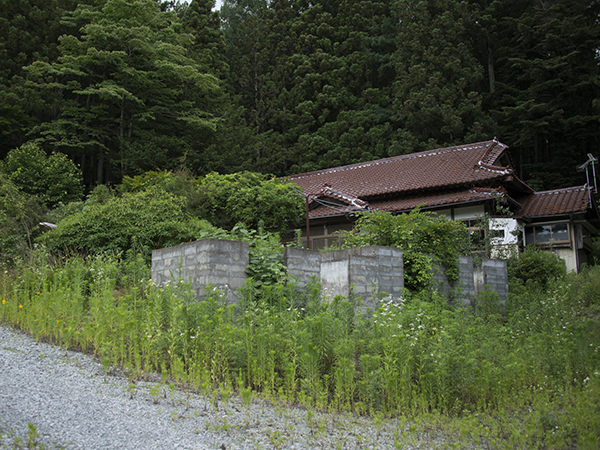
A deserted home in the region
At least ¥300 billion in taxes is being spent on the decontamination of Iitate. Residences and nearby farmlands are expected to be completed by the end of 2014, but effective methods are still being sought for the decontamination of the forests that account for 75 percent of the village. Many villagers are concerned that if only houses and their surrounding grounds are decontaminated, the radiation will creep back from the radioactive materials scattered through the forests. Not to mention the fact that there is still radiation being released from the nuclear power plant around just 35km away.
Hideo Takahashi, a flower farmer from Iitate’s Matsuzuka district returns to his home every couple of days to feed his four cats. Dogs, civets, raccoons, badgers and foxes all gather where the cats are fed and it’s as if the boundary between the human world and the wilderness is blurring. Before evacuating, Takahashi raised cut flowers in his 3,000mÇ of greenhouses. He has been lucky enough to be able to resume his business in the nearby town of Iino. He was provided with land and greenhouses by the village, but has to spend his own money on irrigation and other costs. Profitability is difficult, since his land space has been reduced to only 500mÇ.
‘I want to return to the village and work my heart out. I am now 65 years old, and would like to be back by the time I am 70. If it takes any longer I’ll be too old to move,’ he says. Most of Takahashi’s original greenhouses were removed for decontamination. If he is able to return to Iitate and resume work, he will need to invest in facilities again. ‘It would be tough to keep living as an evacuee. But at the same time it would not be easy to go back to the village and restart my life.’
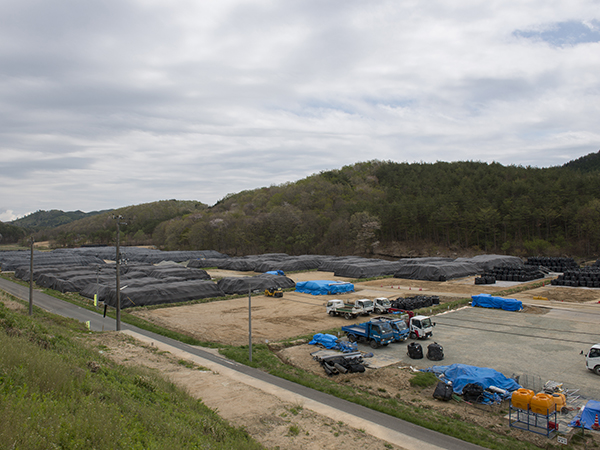
Clearing the land for decontamination
Shozo Sugano, a farmer from Iitate’s Hiso district, also regularly returns to the village from the evacuation shelter to visit his pet cat. Sugano moved to the area after World War II, growing daikon (radishes) in a space about the size of a baseball field. His house, which is near the off-limits Nagadoro district, has high levels of radiation. Before decontamination, it exceeded three microsieverts per hour. After decontamination, the level halved to 1.6 microsieverts per hour, but the level designated as safe is below 0.23 microsieverts per hour (one millisievert per year). Sugano’s son says, ‘Even if it is decontaminated, I doubt we can live there. This will ultimately end up just profiting general contractors,’ he adds, conveying his scepticism towards the decontamination efforts.
As there is no government-funded compensation for resettlement, if the decontamination is insufficient, the villagers will not be able to move elsewhere. The fate of the people, it seems, is still left hanging in the air.
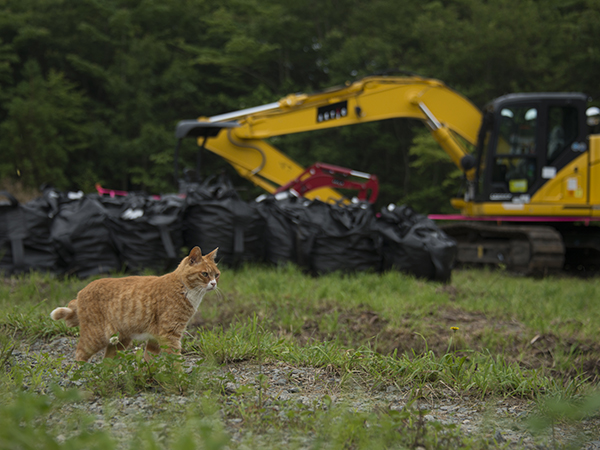
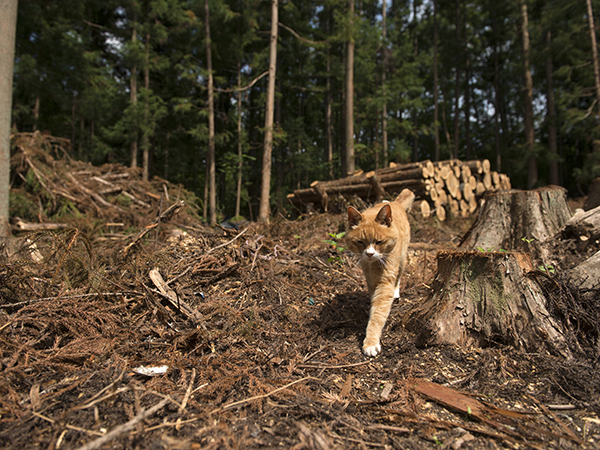
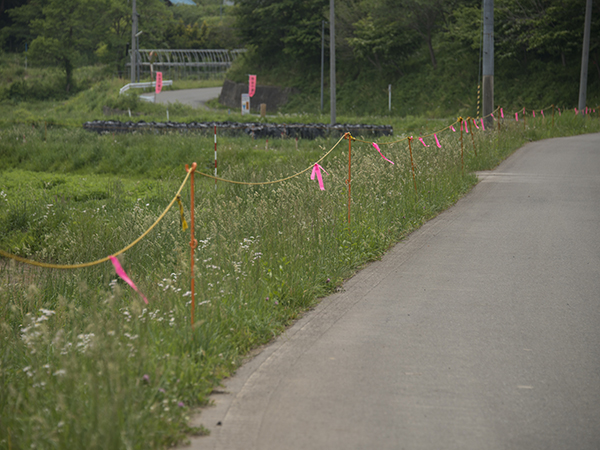
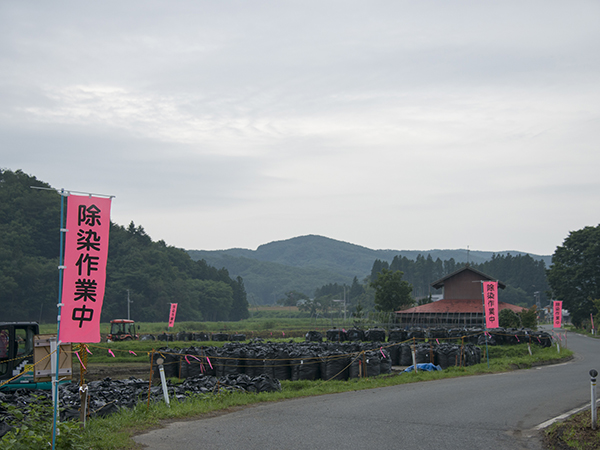

Tags:
Tweets
- About Us |
- Work for Time Out |
- Send us info |
- Advertising |
- Mobile edition |
- Terms & Conditions |
- Privacy policy |
- Contact Us
Copyright © 2014 Time Out Tokyo










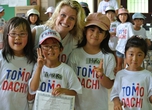
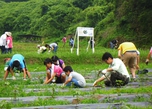




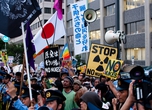

Add your comment